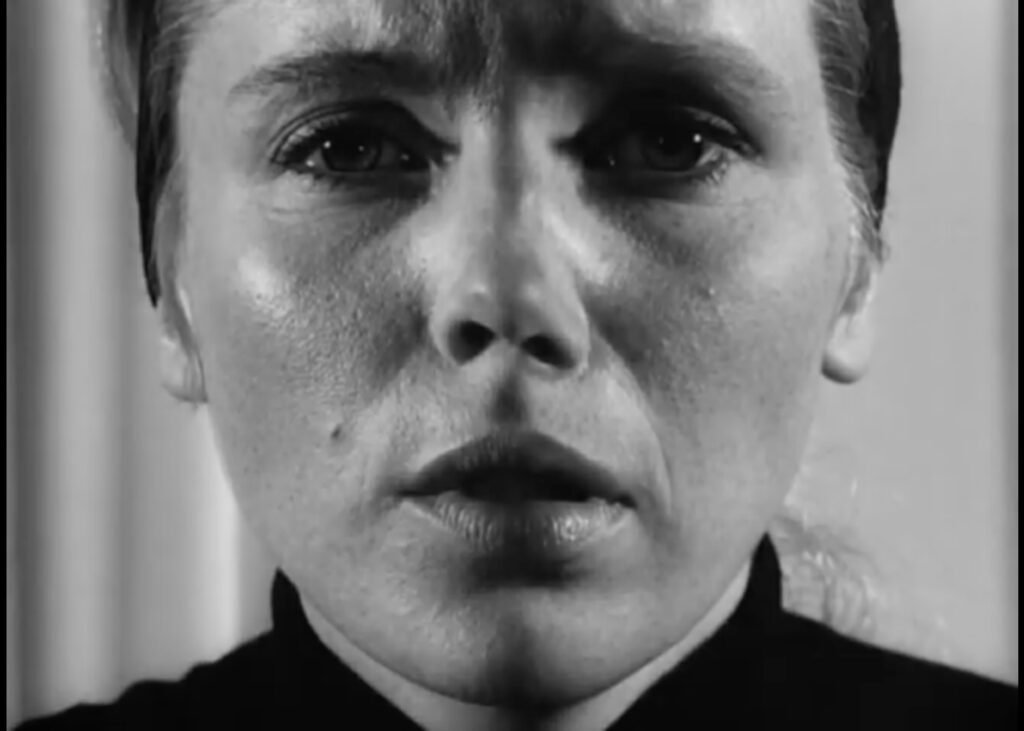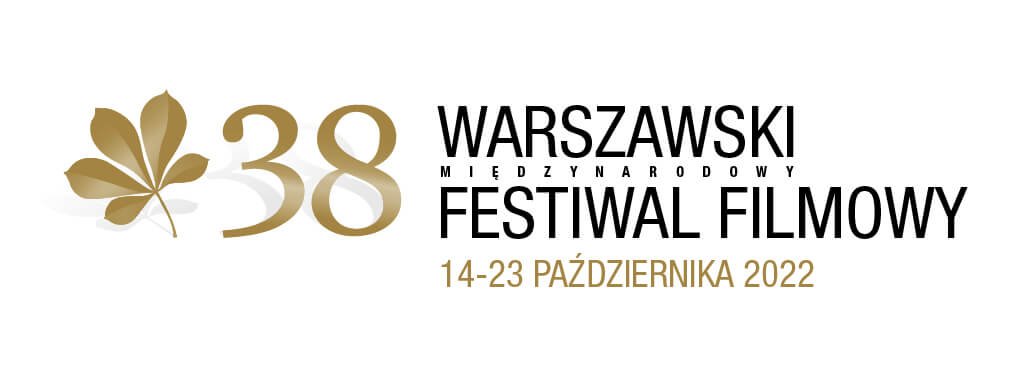Portrayal of duality in the visual language of „Persona” (1966)
Persona is a conceptual masterpiece created by Ingmar Bergman in collaboration with cinematographer Sven Nykvist. This thematically perplexing movie unravels themes of duality and questioning the characters’ identities: one successful actress Elizabet, who goes through mental collapse, and second Alma, a nurse taking care of her. Throughout the movie, the personalities of the two are entangled in such a way that it is no longer possible for the audience to confidently say if they are watching a story of two distinct characters. They complement one another, one refuses to utter a single word, while the second initiates all of the conversations. What I want to concentrate on in this entry is how the visual language of the film effectively conveys the duality of the characters. I’ll discuss several scenes from „Persona” that had my thoughts returning to the film days after I first saw it.
First I think it is important to realise the importance of the portrayal of faces throughout the entire movie. Often the shots focus on the faces for a prolonged period, where the character is turned directly to the camera, starting to appear as if looking at us through the screen. Shooting faces from such a close distance adds intimacy to the shot and focuses on the theme of the character’s psyche. A perfect example is a shot where Elizabeth lies down looking straight at the camera. The length of this static shot, where the actress stays still in her pose, becomes disconcerting, as does the change in illumination, which gradually dims as the shot progresses


Lighting of the face throughout the movie is especially emphasised looking at individual shots of the characters facing the camera. There’s no fill light, and the character’s face is strongly highlighted from one side while being completely dark from the other. Comparing such shots from the sides of both characters we can see that the faces complement one another, the face lighting is utilised in a way that represents the duality and compels us to treat the figures as a whole by fusing their two halves.
This all comes together in a shot where the two faces are edited together, half from one person, the second from another creating one full whole. The sequence leading to that scene allows us to experience one dialogue from both character’s points of view. The conversation plays out twice, first showing the face of Elisabeth and her reactions to Alma accusing her of having a child and then ending up hating him. The second time the dialogue plays, we are the listeners, watching Alma’s face as she speaks about events personal to Elizabeth, so personal as if she was reading her mind. In the end, their faces merge, which serves as a visual culmination of their duality.


However, the repeated dialogue scene is not the first time when we encounter the faces of the main protagonists merging. At the very beginning of the movie, a young boy reaches out to a projection of a blurred female face, after a while the face becomes clearer and we can notice it shifting from one set of features to another. Bergman strategically records the characters’ faces from the side profile or obscures parts of their faces with see-through materials, concealing parts of their true identities.


When the two characters are portrayed together in a scene, their faces often overlap, and their bodies complement one another. One of the most intriguing scenes which question the identity of the characters is that of the conversation between them and the husband. Initially, Alma refuses to agree that the man is her husband, however, she quickly takes on a contrasting position, treating him with care. Alma kisses him while Elisabet is standing in the foreground of the frame, the pair in the background appearing unconscious of her presence.


Ultimately “Persona” is as much a movie about duality, as it is a self-reflexive film about film. Bergman’s movies are often based on his dreams hence he does not attempt to replicate reality. Instead, he makes us aware that we are watching a movie by breaking the fourth wall, using direct eye contact with the camera, as well as portraying the cameras used to record the movie as one of the scenes. Despite its numerous interpretations and lack of a complete description, „Persona” is an enduring cinematic masterwork that continues to baffle audiences to this day.




